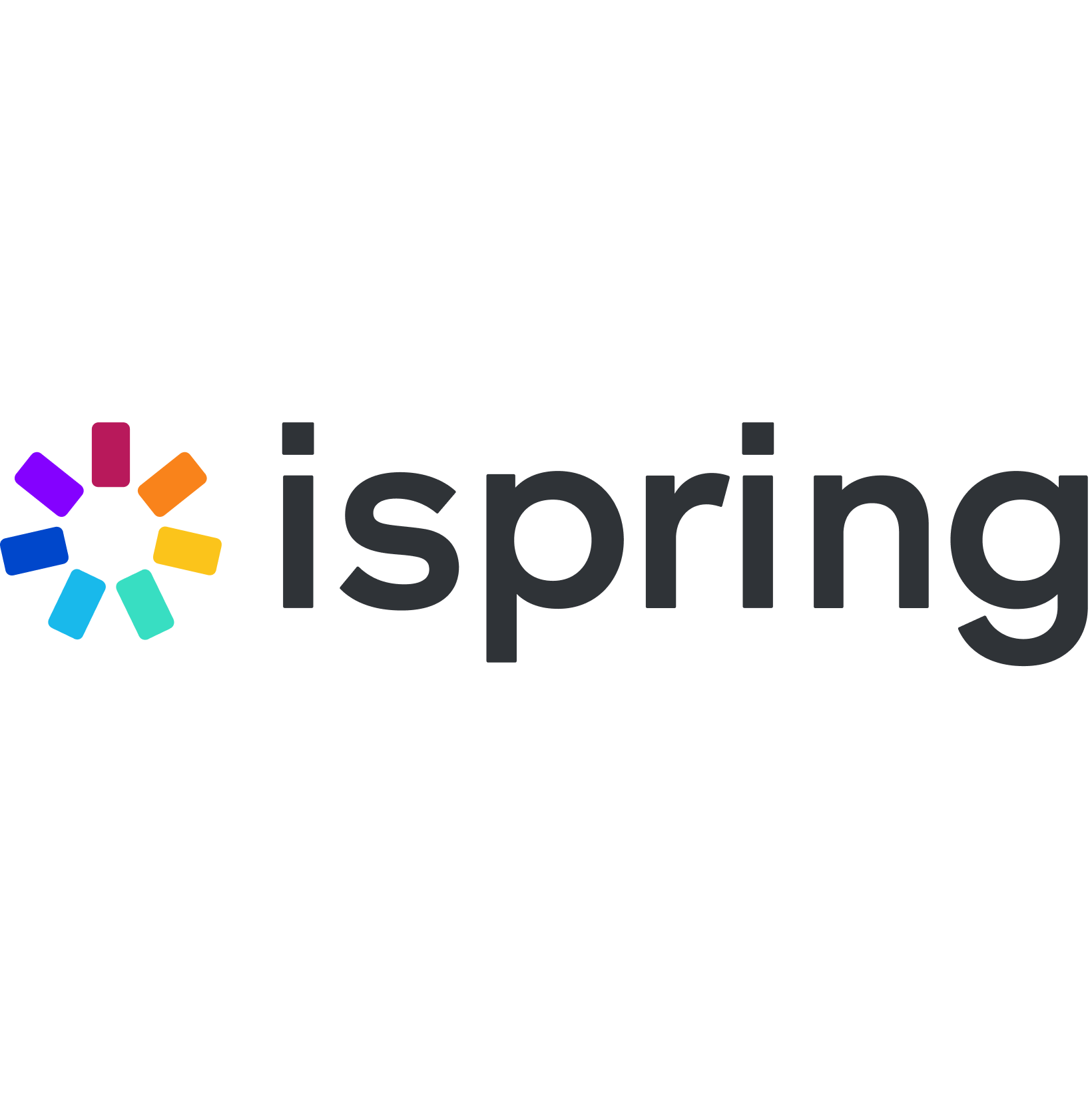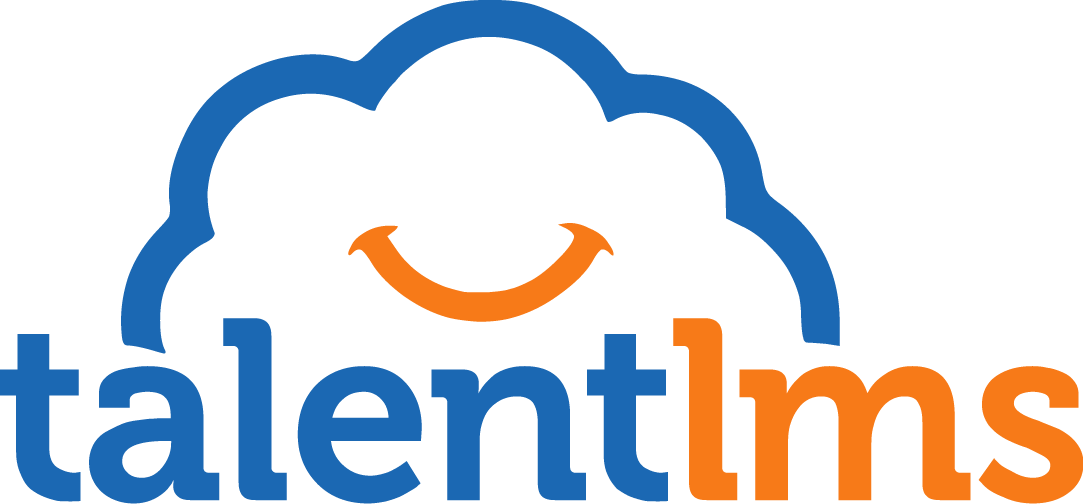Educational technology (EdTech) is an important link between education and technology that focuses on improving teaching and learning through digital tools. This sector is growing rapidly due to technological advancements and the growing need for affordable education worldwide. EdTech uses a range of digital platforms and tools to facilitate and improve the educational process, making learning more adaptive and widely accessible. The growth of this industry is in response to the demand for effective, scalable educational solutions that can reach a wide audience, overcoming traditional barriers such as geographic location and economic status. As such, EdTech continues to evolve, pushing the boundaries of how educational content is delivered and perceived.
Understanding EdTech and its scope of application
Educational technology, often abbreviated to EdTech, is the strategic introduction of technology into the educational environment to improve learning outcomes. This broad field encompasses a variety of technological applications designed to support and enhance educational processes. These programs include online learning platforms that facilitate distance education through digital means, allowing students to access learning materials from anywhere at any time.
In addition, EdTech extends to virtual classrooms, which reproduce classic learning environments in a digital format, enabling real-time interaction between teachers and students, regardless of their geographical distance. These virtual environments often include features such as real-time video communication, shared digital whiteboards, and instant polls to engage students and mimic the interactive nature of physical classrooms.
EdTech tools play an important role not only in learning but also in the administrative aspects of education. They help educators and institutions monitor and manage the learning process. These tools provide robust data analytics that track student performance, attendance, and engagement, which is vital to personalizing education to each student’s individual needs.
EdTech solutions also include a range of educational programs that provide structured content on various subjects, making complex topics more accessible and understandable through multimedia presentations and interactive modules. These programs are designed not only to deliver content, but also to improve retention and understanding through modern technology-based teaching methods.
The evolution of EdTech
The development of educational technology (EdTech) shows significant progress from the early days of basic computer-based learning systems to today’s advanced platforms that use artificial intelligence (AI). Originally focused on simple educational software and applications, EdTech has expanded to include AI-powered platforms that can adapt learning content to the unique learning styles and paces of individual students. Such personalization increases the effectiveness of training, taking into account specific educational needs and preferences.
Today, EdTech includes a wide range of technologies that enrich the educational space. Mobile learning, for example, is becoming increasingly common, allowing users to access learning materials on smartphones and tablets anytime, anywhere, thereby overcoming the limitations imposed by physical premises. Such mobility supports continuous learning outside of conventional educational institutions and contributes to the creation of a flexible learning environment.
In addition, gamification in education introduces elements of game design into learning processes to increase user engagement and motivation. By turning a learning activity into a game, experts can facilitate a competitive and cooperative dynamic that encourages users to engage more actively with the content.
Virtual reality (VR) technology in EdTech provides an immersive experience, which is especially useful in fields that require spatial understanding or hands-on training. VR allows you to explore complex concepts in a controlled virtual space, for example, walking through historical sites or conducting virtual science experiments, thereby improving understanding and memorization of information.
The Impact of EdTech on Global Education
Educational technology (EdTech) is playing a transformative role in global education, offering tools and resources that make learning accessible across geographic and socio-economic landscapes. The impact of EdTech extends beyond traditional educational boundaries, removing common barriers such as physical distance, economic constraints, and shortages of qualified teachers.
One of the key features of EdTech is its scalability. Online platforms and digital tools can be scaled up and adapted to serve large populations without requiring significant additional resources. Scalability allows EdTech to provide educational opportunities to remote and underserved communities where traditional educational infrastructure may be absent or inadequate.
Using reliable online platforms, EdTech provides a wide audience with comprehensive educational content – from basic programs to eliminate illiteracy to courses leading to a scientific degree. These platforms often include interactive elements such as
- video lectures
- Real-time discussions
- Joint projects
In addition, EdTech also addresses the problem of economic instability in education by offering low-cost alternatives to traditional school education. Online courses, often offered at a fraction of the cost of traditional classes, provide opportunities for lifelong learning and professional development for those who cannot afford traditional education programs.
Leading companies shaping the future of EdTech
The educational technology (EdTech) sector is redefining the boundaries of old education through the integration of innovative technologies. This blog features a few notable companies that are playing a key role in shaping the future of EdTech. Their contribution to developing and enhancing the educational experience through technology is both transformative and expansive.
iSpring Learn
iSpring Learn Learning Management System (LMS) is a robust platform designed to help companies and educational institutions design, deploy and manage online learning. Known for its intuitive interface, the system supports a wide range of interactive content, such as multimedia integration, interactive assessment and a comprehensive analytics dashboard. These features allow educators and corporate trainers to create engaging learning programs tailored to the needs of their students, track progress, and measure the effectiveness of their courses in real-time.
Key features include:
- Integration capabilities: iSpring Learn easily integrates with popular tools like PowerPoint, allowing educators to turn existing presentations into e-learning courses without losing animations and transitions.
- Mobile Learning: The platform offers a fully responsive design that ensures courses look perfect on any device, enhancing the mobile learning experience.
- Advanced reporting features: Users benefit from detailed analytics and reporting that track individual student progress, course completion rates, and more, allowing educators and companies to effectively measure learning outcomes.

TalentLMS
TalentLMS is an effective solution for organizations seeking to optimize the delivery and management of learning content. As a universal cloud platform, TalentLMS supports various multimedia formats and integrates gamification elements to increase student engagement. By introducing game mechanics into learning activities, TalentLMS helps increase student motivation and retention, making learning enjoyable and effective. A particular strength of this platform is its scalability, allowing organizations of all sizes to customize and expand their training programs as needed.
Main functions:
- Customization Options: It provides extensive customization options that allow organizations to change the look and feel of the LMS to match their corporate style.
- Scalability: The system’s cloud-based platform ensures that it scales easily as an organization grows, suitable for both small businesses and large enterprises.
- Built-in Course Marketplace: TalentLMS includes a marketplace of pre-built core skills courses that can be a quick and efficient way to get started with minimal setup.

CREDO
CREDO specializes in microlearning, a unique approach that breaks down complex information into small, digestible segments. This method is particularly well suited to the fast-paced nature of corporate training, where time constraints require effective and efficient training solutions. CREDO’s micro-learning modules are designed to promote rapid learning and long-term retention, making them an ideal choice for organizations looking to improve their training programs without overwhelming their employees.
Main functions:
- Comprehensive learning modules: Each module is designed to be completed in minutes, making them ideal for those who need to fit learning into a busy work schedule.
- Just-in-time training: CREDO provides just-in-time training, ideal for immediate problem solving or skill application, supporting productivity strategies in organizations.
- Engagement tools: Despite the brevity of the content, engagement tools such as quizzes and interactive elements ensure an active learning process and a high level of retention.

Duolingo
Duolingo is one of the leaders in language education technology, known for its engaging, playful learning platform. The platform encourages consistent practice through a series of interactive exercises that make learning a new language fun and accessible. Duolingo offers a wide range of languages, from popular ones like Spanish and French to less common ones like Welsh and Swahili. Cross-platform accessibility allows students to practice anywhere, anytime, contributing to its popularity as one of the most downloaded educational apps worldwide.
Main functions:
- Personalized Learning: Exercises are designed to help the user develop comprehensive speaking, writing, listening and reading skills.
- Bars and Rewards: The platform encourages consistent practice through a bar system and in-game rewards that help build habits among users.
- Community features: Duolingo offers forums and clubs where people can interact and practice their new language skills in a social environment.

Preply
Preply offers a personalized learning experience by connecting users with private tutors from around the world via video chat. This platform is distinguished by its flexibility in scheduling classes and individual study plans that are designed to achieve the specific learning goals of each student. Whether for academic, professional or recreational purposes, Preply allows students to effectively improve their language skills under the guidance of experienced teachers, providing a valuable resource for anyone looking to improve their knowledge of a new language.
Main functions:
- Large database of instructors: Users can choose from thousands of instructors based on their profiles, which include video resumes, credentials, and user reviews.
- Flexible scheduling: Classes can be scheduled at any time, allowing flexibility to accommodate any student’s schedule.
- Trial Lessons: Prospective students can book trial lessons with different teachers to find the one that best suits their learning style and goals.

Key technologies contributing to innovation in educational technology
The field of educational technology (EdTech) is rapidly evolving with an array of new technologies impacting various aspects of the education sector. These technologies are revolutionizing the way educational content is delivered, evaluated, and managed, as well as transforming administrative operations and facilitating global collaboration and communication. Here’s a closer look at these transformative technologies:
Artificial Intelligence (AI)
Artificial intelligence has a profound impact on various aspects of EdTech, not only on the customization of the learning process, but also on the optimization of administrative tasks and the increase of content accessibility:
- Personalized learning: AI adapts learning content to the individual needs of students, adjusting in real time to their pace and learning style.
- Efficient administration: AI automates routine tasks such as scheduling, responding to user requests, and resource allocation, increasing efficiency and reducing overhead.
- Accessibility features: AI tools help create a more accessible learning environment by providing support such as speech recognition and translation services to help different groups of learners.
These programs demonstrate the role of artificial intelligence in making education more inclusive and effective, thereby improving service delivery and administration.
Virtual Reality (VR) and Augmented Reality (AR)
Virtual and augmented reality not only change the ways of studying complex works, but also revolutionize field trainings and joint projects:
- Immersive learning: VR immerses students in a fully interactive 3D environment for learning subjects that require hands-on experience, such as medical training or scientific research.
- Enhanced interaction with the real world: AR overlays digital information on the real world, enriching the interaction of students and professionals with their immediate environment, useful in fields such as architecture and engineering.
These technologies make hands-on learning more accessible and interesting, providing a safe and controlled environment that simulates real-life scenarios.
Blockchain technology
Blockchain technology is gaining increasing recognition for its potential to secure educational documents and protect intellectual property:
- Credential Verification: Blockchain provides a secure platform for issuing and storing education documents, simplifying the verification process and reducing the possibility of fraud.
- Content protection: Protects intellectual property rights by creating transparent records of content creation and use, which is important for both content creators.
The use of blockchain in EdTech ensures that credentials and content are managed with high standards of security and integrity.
Data analytics and machine learning
Data analytics and machine learning play an important role in improving educational strategies and administrative decisions in institutions:
- Data-driven solutions: These technologies analyze vast amounts of educational data, helping institutions make informed decisions about curriculum adjustments and resource allocation.
- Forecasting tools: Machine learning models can predict trends and outcomes, helping with strategic planning and policy development.
The strategic use of data improves both educational outcomes and institutional effectiveness, helping educators and administrators stay ahead of trends.
Health care
In healthcare, data analytics plays a critical role in improving patient care and increasing operational efficiency. It helps predict disease outbreaks and patient re-hospitalizations, which allows for preventive measures and better allocation of resources. In addition, by analyzing patient data, healthcare providers can offer personalized treatments based on individual genetic profiles, resulting in more effective treatments with fewer side effects.
Retail
Retailers use data analytics to improve consumer experience and optimize business operations. By understanding consumer purchase history and behavior, stores can create personalized shopping experiences and provide product recommendations. Analytics also help manage inventory more effectively by ensuring optimal inventory levels through predictive demand analysis and use dynamic pricing strategies that adjust in real-time based on market conditions.
Finances
In the financial sector, data analytics is indispensable for managing risk and improving customer service. Financial institutions use advanced algorithms to detect and prevent fraudulent transactions, as well as to more accurately assess credit risk, allowing them to make informed credit decisions. In addition, data analytics facilitates algorithmic trading by using market data to make fast and efficient trading decisions.
Logistics
Logistics companies use data analytics to improve delivery efficiency and supply chain transparency. Analytical tools help optimize delivery routes by taking into account various factors such as traffic patterns, weather conditions and vehicle performance. Real-time analytics provide supply chain transparency, helping companies anticipate and reduce potential delays and bottlenecks.
Marketing
Marketing benefits greatly from data analytics through targeted campaigns and performance measurement. Marketers use data to effectively segment customers, tailoring communications and offers to specific groups. In addition, the success of marketing campaigns can be quantified across channels, allowing teams to adjust tactics and strategy based on data-driven insights.
In each of these industries, data analytics is a key enabler of innovation and efficiency. By applying data-driven approaches, companies can not only better respond to market dynamics and consumer preferences, but also gain a significant competitive advantage. The ability to quickly interpret and act on information is becoming one of the key success factors in a fast-paced business environment.
Challenges Facing the EdTech Industry
Although modern technologies have transformative potential in various sectors, their widespread adoption is not without significant obstacles. Key among these problems is the digital divide – a stark inequality in access to digital resources. This gap primarily affects rural and economically disadvantaged areas, where technological infrastructure is often imperfect. As a result, the population of these regions may find themselves isolated from the technological advances that catalyze growth and development in more developed regions.
Another serious problem is the issue of privacy. As the amount of data generated and collected increases, so do the risks associated with data leakage and misuse of information. This raises significant questions about privacy rights and data security. Companies and governments must be careful to address these challenges by implementing strong data protection measures and ensuring compliance with international data privacy laws to maintain public trust and protect personal information.
In addition, the financial aspect of the introduction of the latest technologies cannot be ignored. The initial costs associated with upgrading or creating a new technological infrastructure can be significant. For small businesses, startups and institutions in developing regions, these costs can be prohibitive, effectively denying them access to the benefits of modern technology solutions. This financial barrier not only limits the growth potential of these entities, but also widens the technological gap between different regions and economic groups.
Solving these problems requires a multifaceted approach. Governments and international organizations can help bridge the digital divide by promoting investment in technology infrastructure, especially in underserved regions.
Conclusion
The EdTech industry is at the cutting edge of educational innovation, offering promising solutions that could change the way education is accessed and delivered around the world. As technology advances, the potential for deeper and more inclusive educational experiences becomes more and more real. The companies featured in this review are just a few of the leaders in this dynamic and ever-evolving industry.